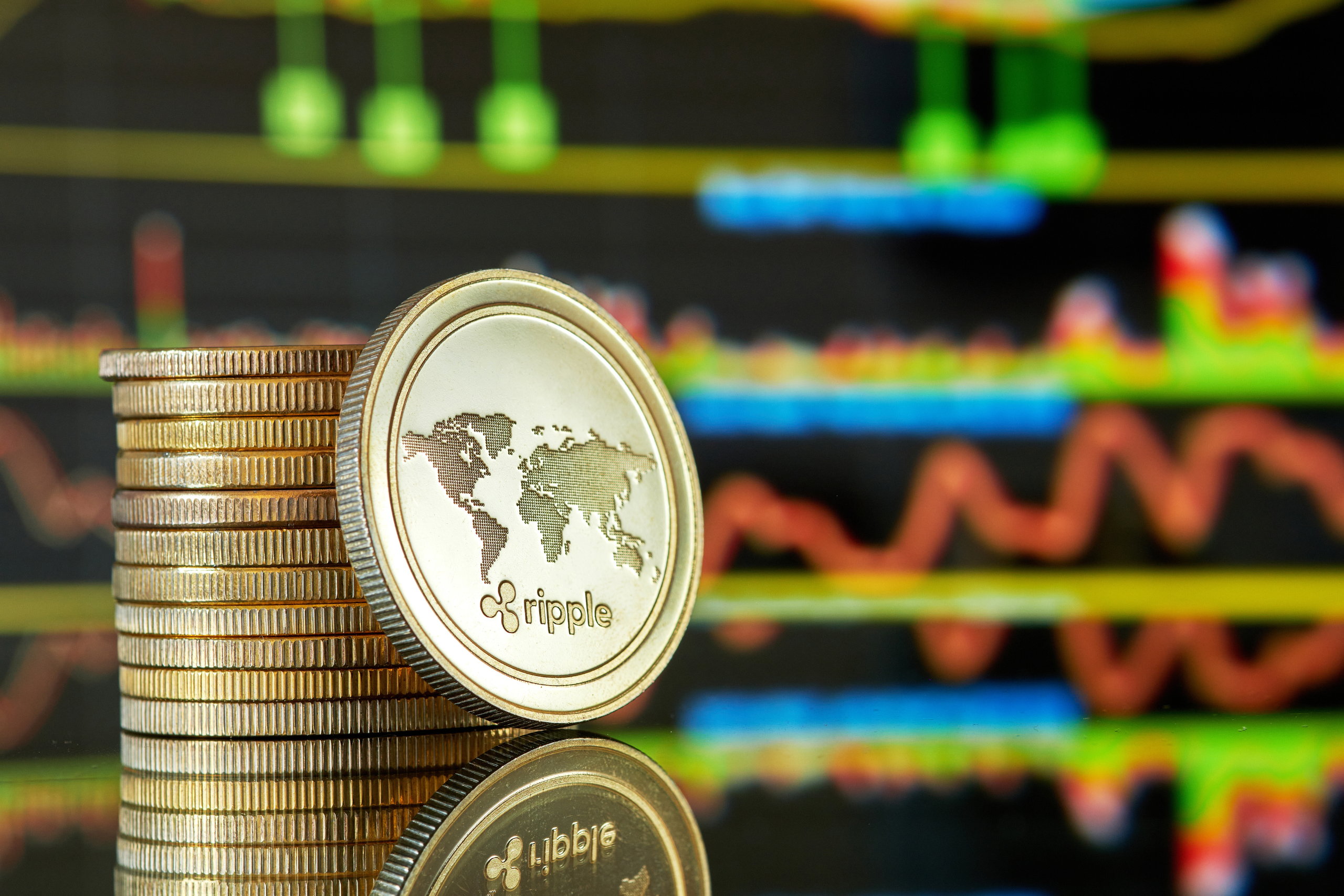Chainlink is a decentralized oracle network that connects smart contracts on the
blockchain to real-world data. Smart contracts are pre-specified blockchain agreements
that analyze data and execute automatically when certain conditions are met. LINK tokens
are digital asset tokens that are used to pay for network services.
Chainlink has made waves in the cryptocurrency industry since its inception, attracting the
attention of DeFi firms, crypto investors, blockchains, and major tech and financial players
such as IBM and Microsoft Google, and SWIFT. If Chainlink is successful, it has the
potential to expand the market for decentralized apps. If Chainlink is successful, it has
the potential to expand the market for decentralized apps (dApps).
Also Read: Cardano Network
How it Works
Chainlink is a decentralized oracle network made up of buyers and sellers of Data. Data is
requested by purchasers, and it is returned in a safe manner by providers.
Buyers choose the data they want, and providers compete to deliver it. When making a bid,
providers must pledge a stake of LINK tokens, which can be taken away if they misbehave.
Once providers have been chosen, it is their responsibility to ensure that the correct
answers are added to the chain.
Chainlink integrates and measures the data generated using an Oracle reputation scheme.
If everything goes according to plan, providers will be billed, and everyone will be
satisfied.
Chainlink features
Working with smart contracts is Chainlink’s main focus. Chainlink allows you to connect
your smart contract to any external API. As a result, a contract may be used to make a
payment to any payment system or banking network.
The three roles of ChainLink smart contracts are as follows:
● Reputation Assessment: Smart contracts with a particular set of conditions, like an
oracle reputation known as a service level agreement, may be used by users. Oracles
who break the network’s rules and have inaccurate data face disciplinary action as
well as a demotion. When the smart contract receives a sufficient number of
applications, ChainLink enters into a service agreement.
● Working with External Data: Working with data from outside sources. Out-of-line
oracles form a programmatic agreement and provide the requested data when they
are chosen.
● Aggregation: the aggregation contract then combines all of the data transmitted by
the off-chain Oracle to establish a weighted aggregate response in the third stage.
Chainlink’s Uses
● Smart contracts may use Chainlink oracles for a variety of purposes, from digital
securities to providing accurate data from off-chain.
● The main purpose is to provide the fast-growing dApps market with accurate data
from on-chain and off-chain sources.
● Chainlink also aims to make it easier to connect blockchains to payment systems like
SWIFT, and Paypal.
Chainlinks Future
Two of the most important goals are to ensure security on the chain-link network and to
distribute data sources and oracles. Smart contracts can use Chainlink oracles for a
variety of purposes, including digital securities, supply chain management, and asset
management.
The primary application is to provide the fast-growing dApps market with
reliable data from on-chain and off-chain sources. The native token of Chainlink, Link, has
been trading since 2017 and has shown significant growth in Q2-Q3 2020. In 2019, Google
announced that Chainlink nodes would be used in cloud/blockchain applications built with
Google Cloud and Google Cloud.
Chainlink’s most advanced features include aggregate price
feeds for crypto and fiat currencies. LINK is the 12 most valuable cryptocurrencies (by
market capitalization) at the time of writing.





